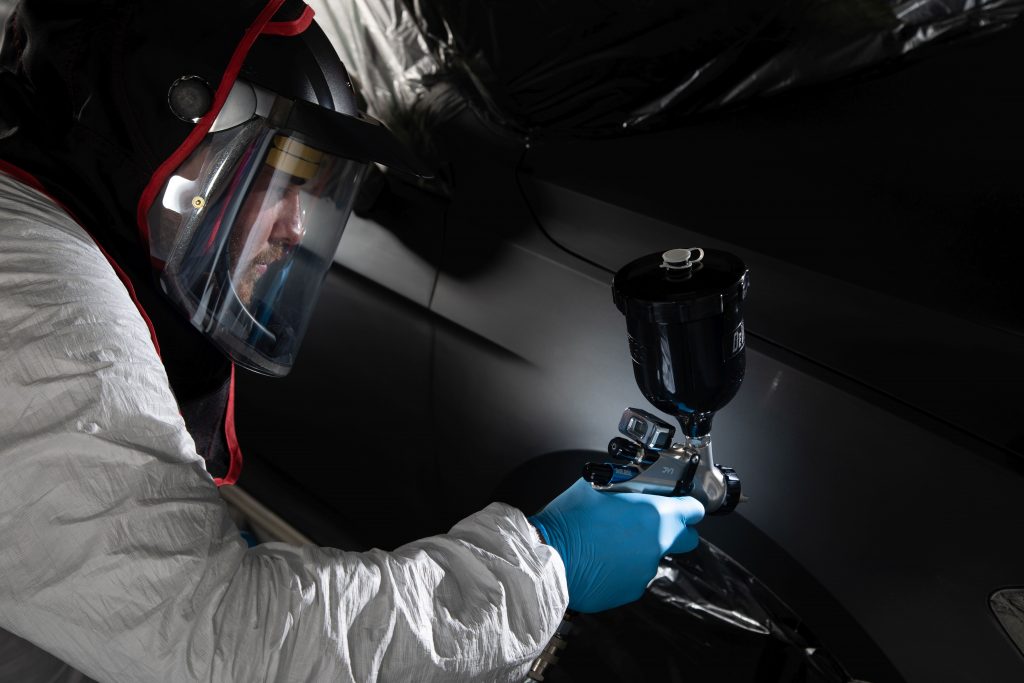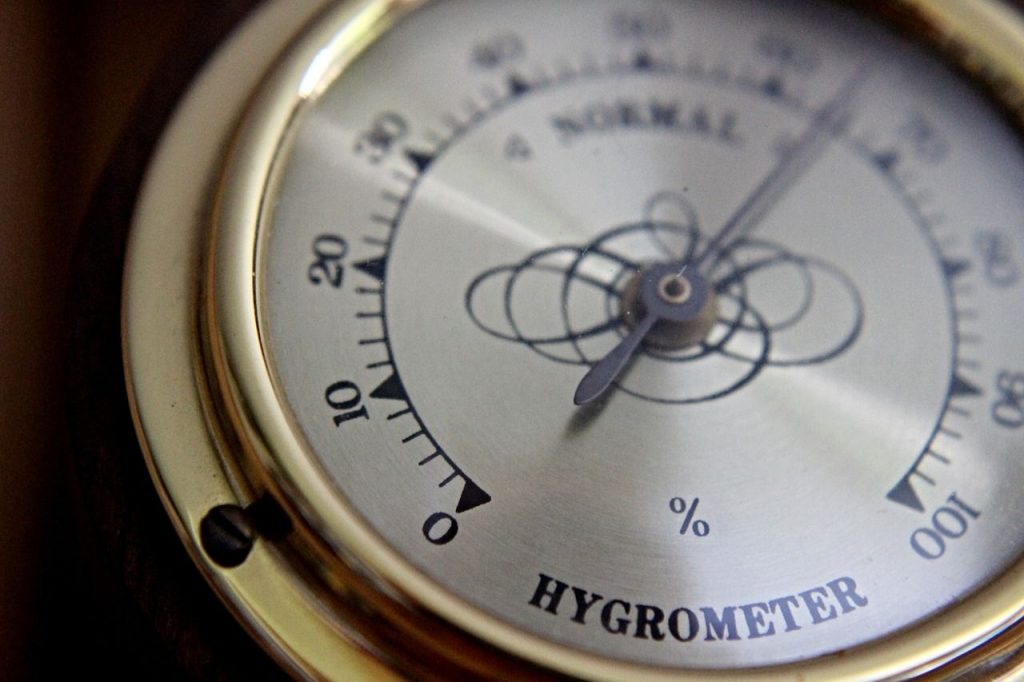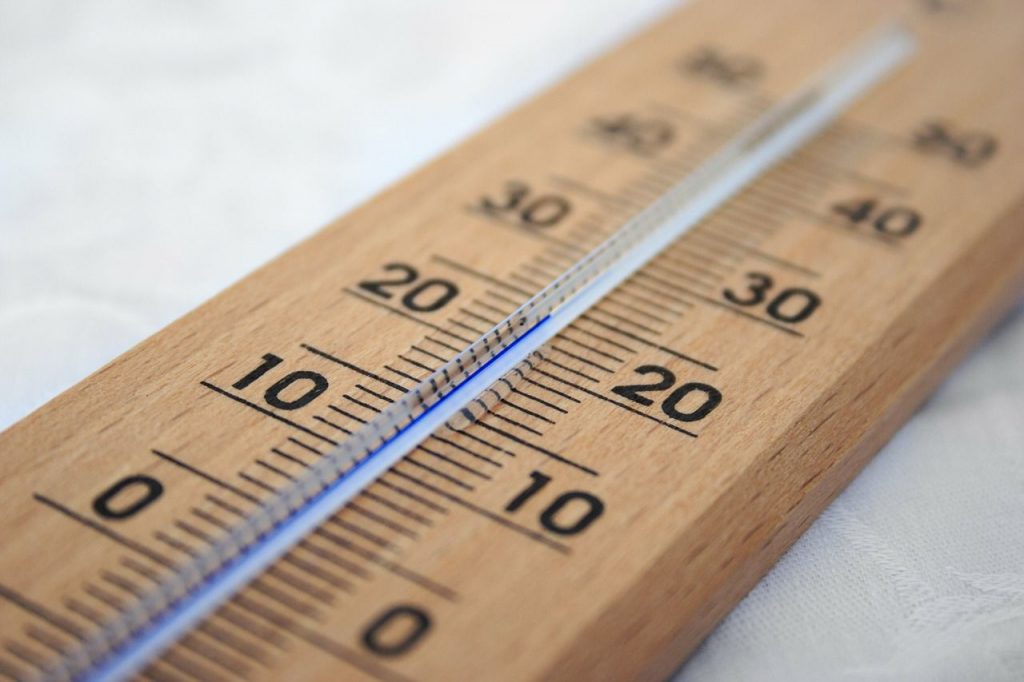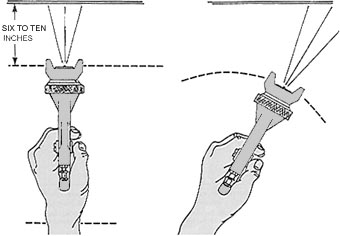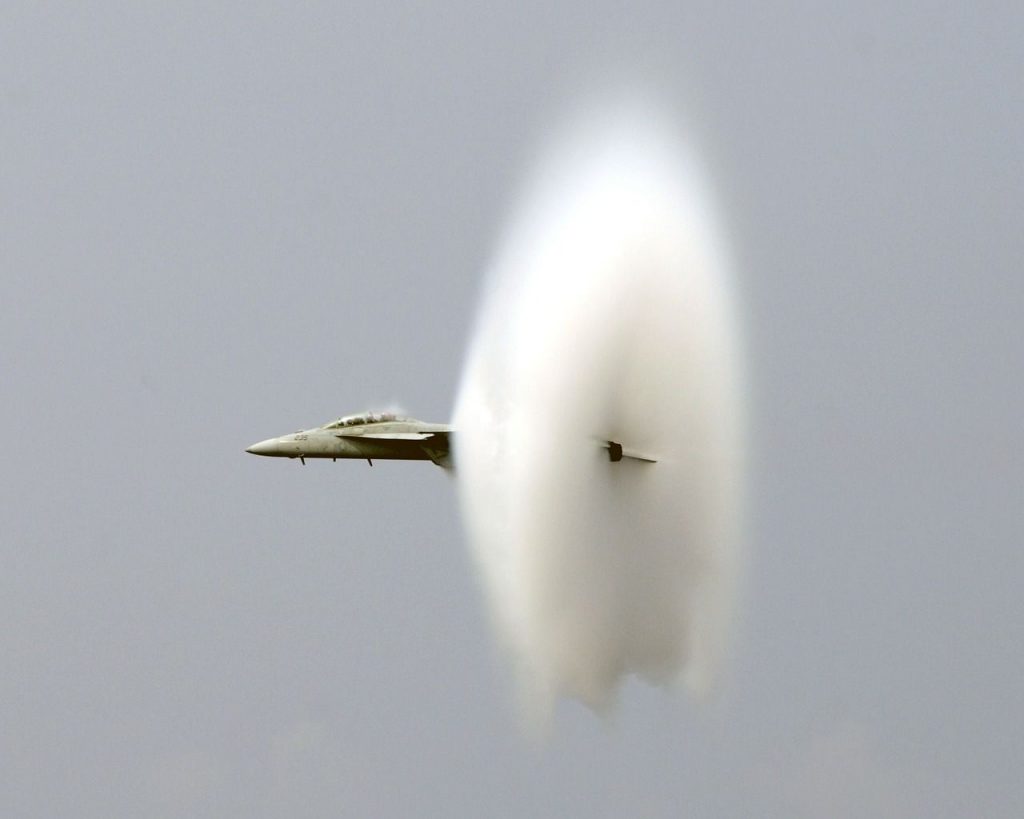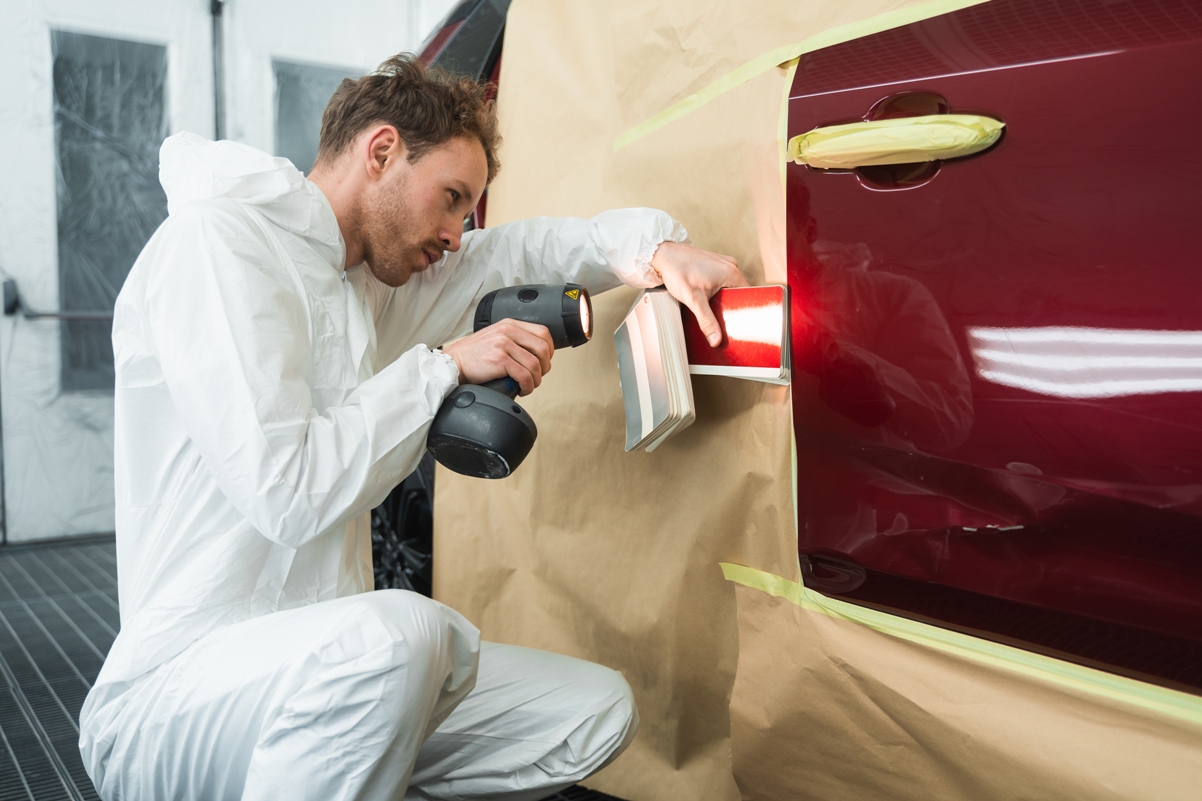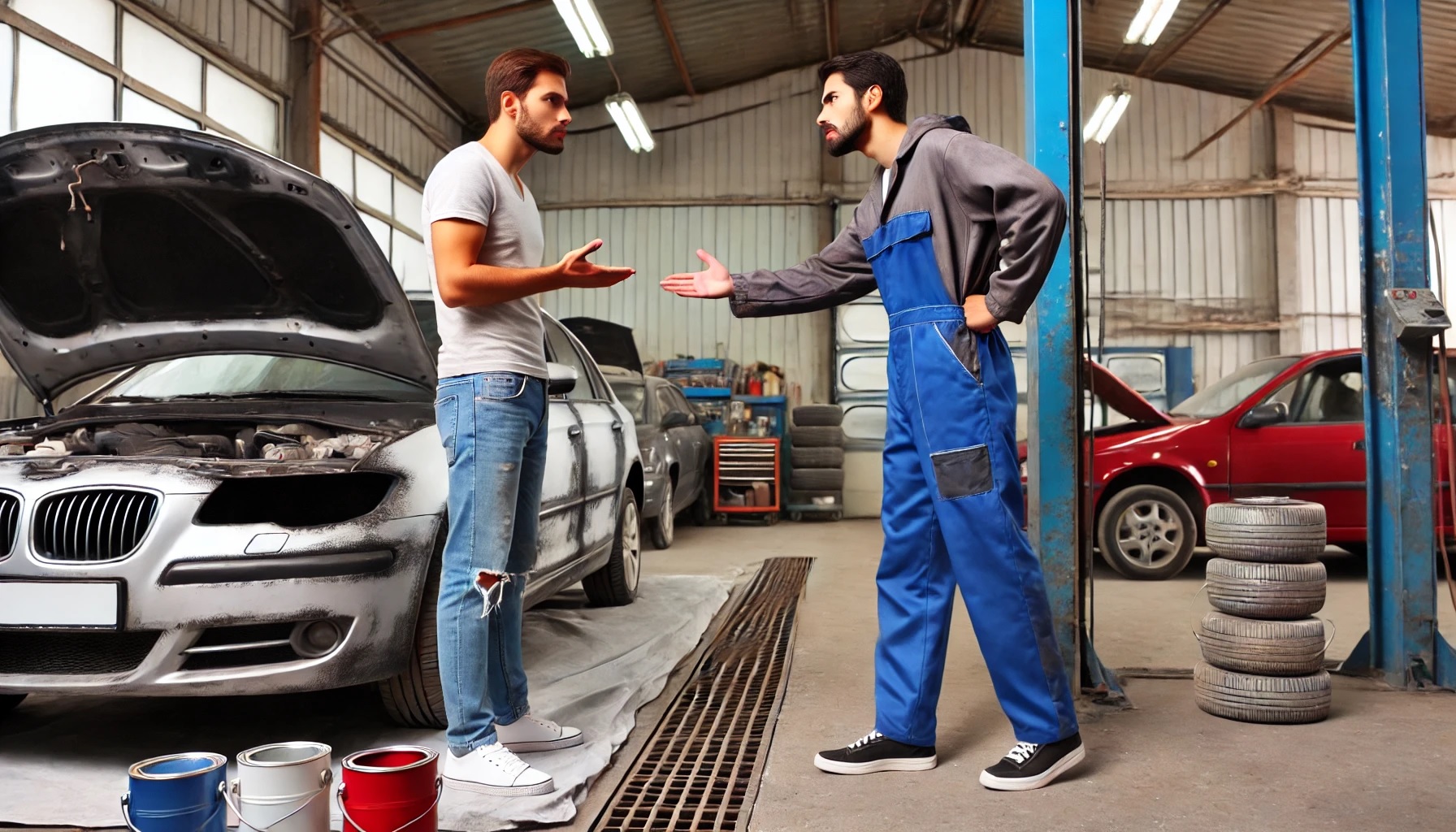Probably color-matching problems are among the most frequent paint defects in the car refinishing industry. It is also the main cause of expensive re-works and unhappy customers. In many cases, the poor color-matching is due to the darker or lighter appearance of the final result. Below I bring to your attention 6 parameters a painter should consider before the basecoat application:
Spray gun pressure
Unfortunately, many painters underestimate the importance of precise measurement of the spray gun inlet pressure. They either do not use a manometer at all, or rely on a poor quality analog manometer.
Outcome: Lower than designated pressure causes darker color result, while higher pressure – lighter color than needed.
Solution: Use a reliable manometer, preferably digital one, for each basecoat application job.
Humidity
Most of the paint manufacturers state the ideal humidity level for the perfect applications conditions. However, we do not have the possibility to control humidity levels easily. For your reference, ideal humidity level is between 30% and 50%, lower than 30% humidity is considered low, while higher than 50% humidity is considered high.
Outcome: Low humidity causes darker result, while high humidity – lighter result
Solution: Adjust viscosity based on the instructions from paint manufacturer, consider changing nozzle size and air cap with lower or higher air flow (consider switching between higher air volume HVLP technology gun and lower volume Devilbiss Trans-Tech or High Efficiency or SATA RP).
Temperature
Just like with humidity, every manufacturer advises the optimal temperature levels for the application. Unlike humidity, it is easier to adjust temperature levels in a workshop, but still there are limitations as well. As a rule of thumb, low temperatures can be considered the range from 15 to 20° C, normal – 20-25° C and high – 28-35° C
Outcome: Lower temperatures will cause darker results, while higher temperatures – lighter results.
Solution: Adjust viscosity based on the instructions from paint manufacturer, consider changing nozzle size and air cap with lower or higher air flow (consider switching between higher air volume HVLP technology gun and lower volume Devilbiss Trans-Tech or High Efficiency or SATA RP).
Thinning (dilution)
Every single automotive coating product comes with a detailed technical data sheet. Unfortunately, often painters either ignore those data sheets or simply continue to work with any new product the “good old way”. In reality, under thinning or over thinning will inevitably cause color problems.
Outcome: Under thinning will cause darker color shade, while over thinning will produce lighter than needed variation.
Solution: Follow the manufacturers’ technical instructions, labels and manuals. Use mixing cups with measurement marking, scales and mixing rulers.
Spray gun distance from the surface
Every sprayer has its own style and spraying technique, however certain standards must be respected. One of the parameters I refer to is a distance between the spay gun and the vehicle’s surface. Consider that normal distance lies within 15 to 25cm range.
Outcome: Too small distance will cause darker colors, too high distance – lighter variation.
Solution: Respect the advised distance between the gun and the surface.
Speed of spraying
Similarly, speed of paint application is very individual and varies from sprayer to sprayer. However, extremes are not good.
Outcome: Spraying with too low speed will cause darker colors, while spraying at excessive speed – lighter color than expected.
Solution: Follow the paint and spray gun manufacturers’ instructions.


